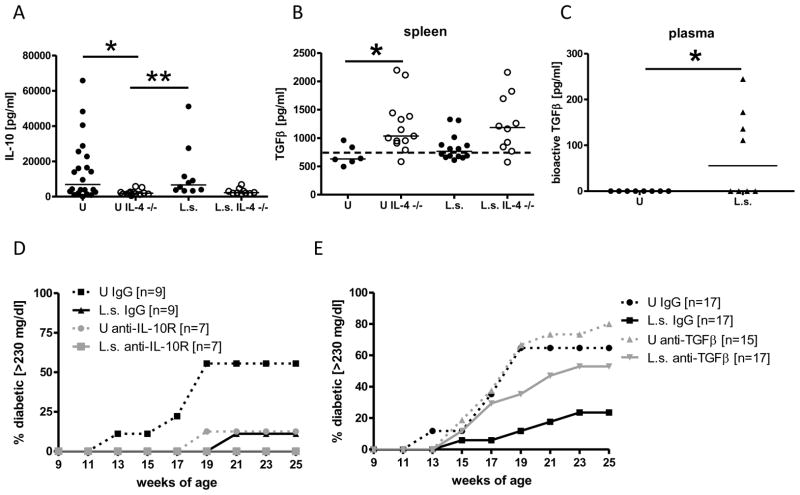FIGURE 5. Helminth-mediated protection against diabetes onset requires TGFβ.
A, Production of IL-10 and (B) TGFβ in response to anti-CD3/anti-CD28 by splenocytes from uninfected (U) and L. sigmodontis-infected (L.s.) immunocompetent and IL-4-deficient NOD mice 1–2 weeks after the controls developed diabetes. The dashed line shows the baseline TGFβ concentration of the culture media. C, bioactive TGFβ levels in the plasma of L. sigmodontis-infected (L.s.) and uninfected NOD mice at 10 weeks of age. Development of diabetes (glucose >230 mg/dl) in mice that were either treated repeatedly with anti-IL-10R (D), anti-TGFβ (E), or isotype control. Shown are NOD mice infected with L. sigmodontis (L.s.) or corresponding uninfected controls (U). Each dot represents one mouse. Data for Fig. 5 A and B is joined from 2–4 independent experiments, C and D show results from one experiment, E shows joined results from two independent experiments. Statistical significance was assessed using the Kruskal-Wallis test, followed by Dunn’s post-hoc multiple comparisons. *p<0.05; **p<0.01

